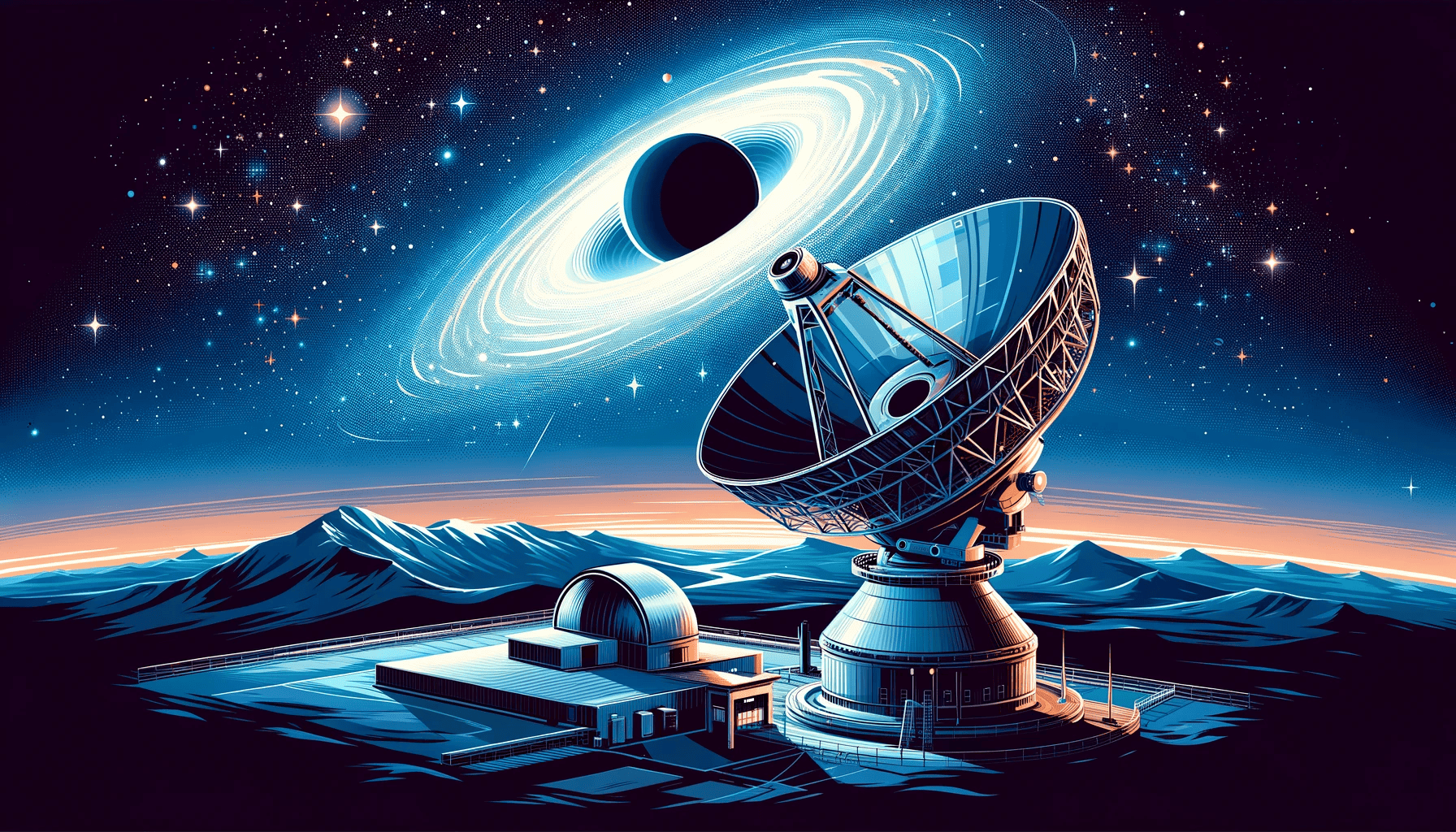The idea of a black hole residing at the heart of our Sun sounds like pure science fiction. But recent research suggest that this could be a realistic possibility. More than that, it suggests that some stars may harbor primordial black holes that were formed immediately after the Big Bang.

Black hole Sun
In 1994, the grunge band Pearl Jam released a classic song called “Black Hole Sun”. It’s a catchy tune but it’s not exactly a scientific statement. Or is it?
Black holes famously absorb everything around them, not letting even light escape. So how could a black hole and a star coexist? It was Stephen Hawking that first proposed this idea. Hawking proposed that on very rare occasions, newly forming stars could capture small primordial black holes with about the mass of an asteroid. These are called Hawking stars.
But how could a black hole with such a small mass even exist? Essentially, it would have to be a black hole about the size of an atom. Well, the authors of the new study says stars could harbor even bigger black holes.
“Stars harboring a black hole at their center can live surprisingly long,” said Earl Patrick Bellinger, lead author of the study, for New Atlas. “Our Sun could even have a black hole as massive at the planet Mercury at its center without us noticing.”
Stars with black holes at their centers
The study, published in The Astrophysical Journal, presents a new approach to solar evolution models incorporating a central black hole. These models suggest that the Sun, and by extension other stars, could have primordial black holes at their cores and that wouldn’t really interfere with their evolution. The Sun, with a hypothetical black hole at its core, could first dim significantly, then expand into a fully convective star with enriched helium abundance and then eventually become a subsolar-mass black hole.
But all this shows is that there could be a theoretical way for such stars to exist. How would we check whether they actually exist?
Based on existing models, such mini-black holes could be detected through a technique called asteroseismology. Basically, if a star were to have a black hole at its center, its mass would be distributed differently, which would shift the convection patterns in the star’s interior. This opens up the possibility of using the technique as a tool for exploring and validating these groundbreaking models.
“The unique internal structures of stars harboring black holes may make it possible for asteroseismology to discover them, should they exist,” the researchers conclude in their study.
These stars could even be relatively common, at least in some galactic neighborhoods.
“There are good reasons to think that Hawking stars would be common in globular clusters and ultra-faint dwarf galaxies,” said Professor Matt Caplan, an author of the study. “This means that Hawking stars could be a tool for testing both the existence of primordial black holes, and their possible role as dark matter.”
Why this matters so much
This would truly be a paradigm shift. Essentially, the research offers new perspectives and challenges existing models of stellar dynamics — a black hole “seed” for some stars is a pretty crazy idea. Even the fact that it’s plausible is stunning.
If confirmed, it would also highlight something completely unexpected about stars and the early universe. For starters, we don’t even know if these primordial black holes exist. If they do, they could even answer questions regarding dark matter.
Dark matter, the elusive and invisible substance that makes up about 27% of the universe, remains one of the most profound mysteries in modern astrophysics. We can’t see it and we have no idea what it is, although we see its effects. But some astronomers suspect that it could be closely related to primordial black holes — and now, we could be on their trail.
The research was published in The Astrophysical Journal.









